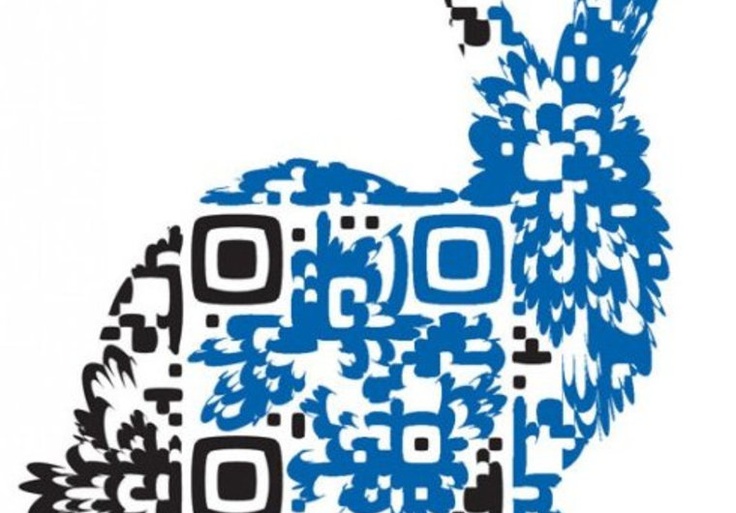Quick Response (QR) codes have become ubiquitous in our digital landscape, connecting physical objects to a wealth of information with a simple scan. However, the conventional black-and-white QR code has evolved into a canvas for creativity, allowing designers to infuse visual appeal and branding elements. This article explores the art of designing eye-catching QR codes, emphasizing the importance of aesthetics, functionality, and the potential for QR codes to be a unique expression of creativity.
- Color Palette and Branding:
While the classic black-and-white QR code is instantly recognizable, incorporating a brand’s color palette can elevate the design. Brands can integrate their distinctive colors into the QR code, making it a seamless extension of their visual identity. This not only reinforces brand recognition but also ensures that the QR code aligns harmoniously with other marketing materials.
- Custom Shapes and Brand Icons:
Breaking away from the standard square or rectangular QR code shape opens up endless design possibilities. Designers can experiment with custom shapes that align with a brand’s aesthetic, making the QR code an integral part of the overall visual identity. Additionally, incorporating brand icons or logos into the QR code design provides a unique touch, enhancing recognition and resonating with the brand image.
- Contrast and Readability:
While creativity is key, maintaining the core functionality of a QR code is paramount. The contrast between the QR code’s foreground and background is crucial for readability. Designers should ensure that the chosen colors and patterns do not compromise the code’s scannability. A visually appealing QR code must strike a balance between creativity and functionality to ensure a seamless user experience.
- Incorporating Imagery and Patterns:
Designers can enhance the visual appeal of QR codes by incorporating imagery and patterns. This could involve integrating product images, company illustrations, or thematic patterns that resonate with the QR code’s intended use. Careful consideration of scale and placement ensures that the additional elements complement rather than overshadow the QR code’s inherent structure.
- Personalization for Events and Campaigns:
For events and marketing campaigns, personalized QR codes can make a memorable impact. Designers can integrate event themes, slogans, or campaign visuals into the QR code design. This personalized approach not only engages users but also enhances the connection between the QR code and the specific event or promotional initiative.
- Transparent QR Codes for Subtlety:
For a more subtle and integrated approach, designers can create transparent QR codes that blend seamlessly with backgrounds. This technique is particularly effective for print materials where the QR code appears to be part of the design rather than an overlay. Transparent QR codes maintain functionality while offering a sophisticated and unobtrusive aesthetic.
- Animated QR Codes for Dynamic Engagement:
Taking QR code design to the next level involves incorporating animation. Animated QR codes not only capture attention but also add an element of dynamism to the user experience. This can be particularly effective for digital platforms, creating an engaging and memorable interaction.
Conclusion:
The art of designing eye-catching QR codes goes beyond mere functionality; it transforms these digital connectors into visual assets that reflect brand identity and creativity. Striking the right balance between aesthetics and functionality is key to ensuring that QR codes are not only scannable but also visually appealing. As businesses and designers continue to explore the potential of QR codes, we can expect to see an exciting evolution in their design, making them not just functional tools but also captivating pieces of visual communication.

